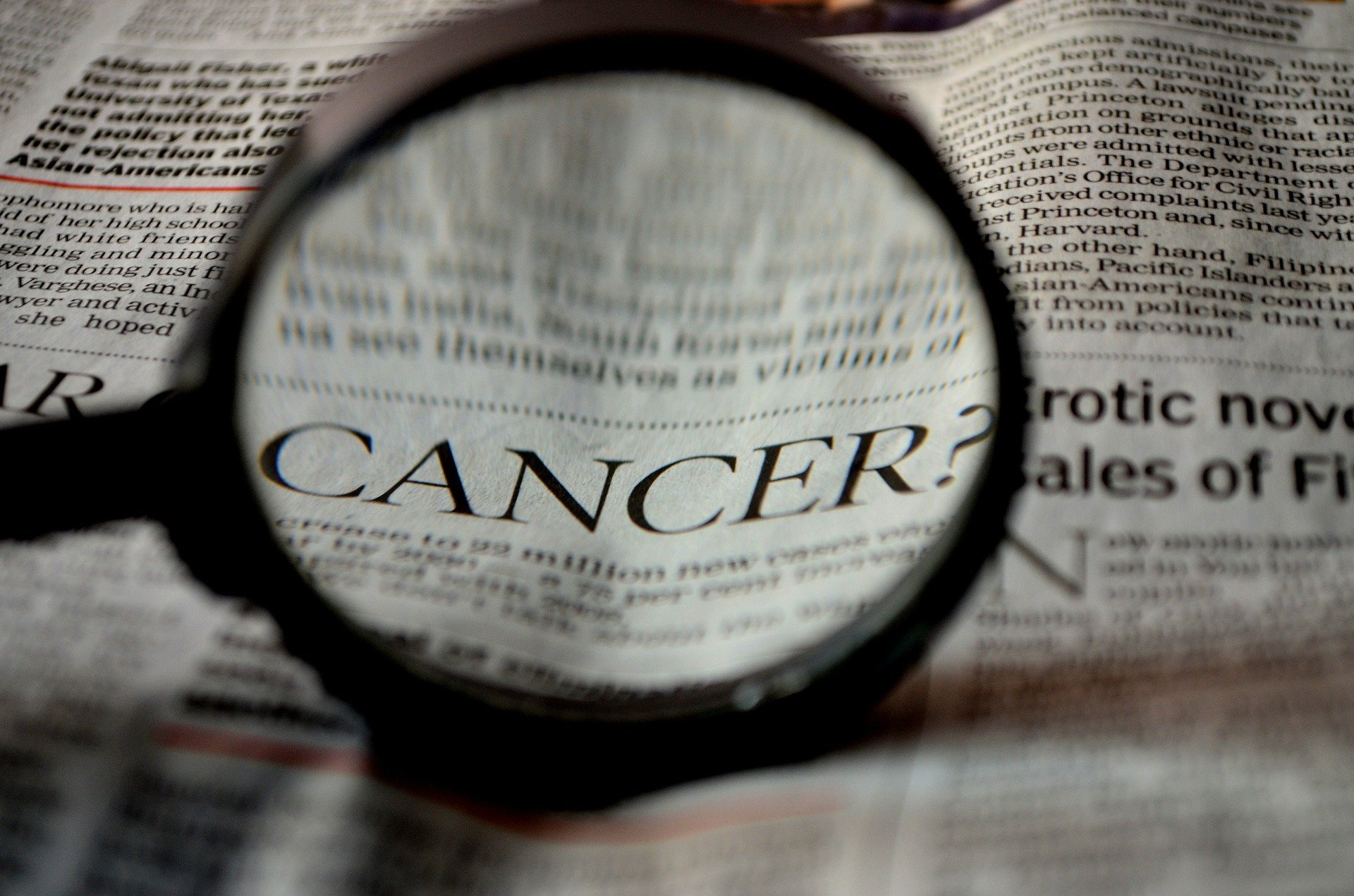
A potentially game-changing cancer drug, AOH1996, is currently undergoing Phase I clinical trials. The drug, developed by City of Hope, disrupts DNA replication in cancer cells, annihilating solid tumours without toxic effects on normal cells. The development was spearheaded by Professor Linda Malkas and her team, who used computer modelling to simulate molecular interactions with the L126-Y133 region of PCNA, a protein involved in DNA replication. Their efforts resulted in the discovery of AOH1996, a molecule with the potential to block PCNA’s activity. It took two decades of effort to reach this stage. Drug development is an arduous process fraught with numerous challenges and potential setbacks.
- City of Hope researchers developed a new cancer drug, AOH1996, that targets DNA replication in cancer cells without harming normal cells.
- The drug was discovered through advanced computer modeling that simulated molecular interactions with a key protein involved in DNA replication.
- AOH1996 is now undergoing Phase 1 clinical trials, representing a promising step forward after two decades of work to create a novel, non-toxic cancer therapy.
Unlocking the Code: Computer Modelling in Drug Design
The development of AOH1996 began with a daunting challenge: to create a molecule capable of interacting with the L126-Y133 region of PCNA, a protein vital for DNA replication and repair within expanding tumours. The scientists turned to advanced software to simulate different shapes and positions of molecules, aiming to identify the ideal structure that could engage with this region of PCNA.

This process, known as computer modelling or in silico screening, has become a cornerstone in modern drug discovery. It allows scientists to simulate and analyse the interactions between millions of different molecules and a specific protein target. Through this method, they can predict the likely effects of each molecule and identify promising candidates for further study.
From Data to Drug: The Discovery of AOH1996
After extensive simulations and analysis, a promising candidate emerged: a molecule that would later be named AOH1996. This molecule showed potential to inhibit PCNA’s activity, thereby disrupting DNA replication in cancer cells and inducing cell death. The discovery marked a significant breakthrough in the project, as PCNA had previously been considered an “undruggable” target due to its complex structure and vital role in cell proliferation.
However, the discovery of AOH1996 was only the beginning. The molecule needed to be synthesized in the laboratory, tested in vitro on cancer cells, and assessed for its potential toxicity to normal cells. This rigorous testing process is crucial to ensure the safety and efficacy of the potential drug before it can be considered for clinical trials.
City of Hope: A Culture of Innovation and Excellence
The development of AOH1996 took place at City of Hope, an independent biomedical, treatment and academic centre focused on research into cancer, diabetes, HIV/AIDS and other chronic, life-threatening diseases. Renowned for its pioneering research and commitment to transforming the future of cancer care, City of Hope provides a supportive and collaborative environment that fosters innovation and accelerates the translation of scientific discoveries into practical treatments.
Professor Linda Malkas, a leading figure in cancer research at City of Hope, played a key role in the development of AOH1996. Her dedication and unwavering commitment to advancing cancer treatment have been instrumental in driving the project forward over the past two decades. The name AOH1996 itself serves as a poignant reminder of the purpose behind the research, honouring the memory of a young girl named Anna Olivia Healy who tragically lost her life to neuroblastoma.
A Promising Step Forward in Cancer Treatment
As AOH1996 forges onward in clinical trials, the world watches with hopeful eyes. The success of this innovative drug will not only be a triumph of scientific aptitude, but also a testament to the decades of unyielding commitment from Professor Linda Malkas and her team. While we must remain cautiously optimistic as AOH1996 navigates the rigorous path of clinical testing, there’s no denying that we are on the precipice of a potentially life-altering breakthrough in cancer treatment.

